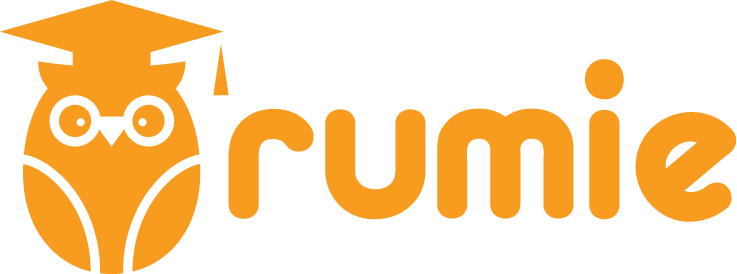What’s the real purpose of teaching and learning?
 It goes beyond just passing exams. True learning means retaining knowledge and applying it in real-world situations.
It goes beyond just passing exams. True learning means retaining knowledge and applying it in real-world situations.
Students should be able to think critically, solve problems, and be ready for life beyond the classroom. That’s why choosing the right teaching approach is important.
What Makes PBL Different?
 There are many teaching approaches, but problem-based learning (PBL) is unique. It's learner-centered and uses real-world, open-ended problems as the driver of learning, rather than starting with facts and lectures.
There are many teaching approaches, but problem-based learning (PBL) is unique. It's learner-centered and uses real-world, open-ended problems as the driver of learning, rather than starting with facts and lectures.
In PBL, students don’t just memorize. They:
Ask questions
Research
Test ideas
Create solutions
This makes learning active, practical, and long-lasting.
Example: Instead of teaching coding syntax, ask learners to build a simple website. As they face challenges, they learn syntax naturally in context. 💡
Quiz
Students are asked to build a library website before learning all the coding rules. They work in groups, research, and solve challenges as they go. Why is this problem-based learning (PBL)?
The PBL Roadmap: Step by Step
Unlike traditional teaching, where content is delivered first and applied later, PBL flips the process by starting with a problem.
Here’s how the journey typically unfolds:
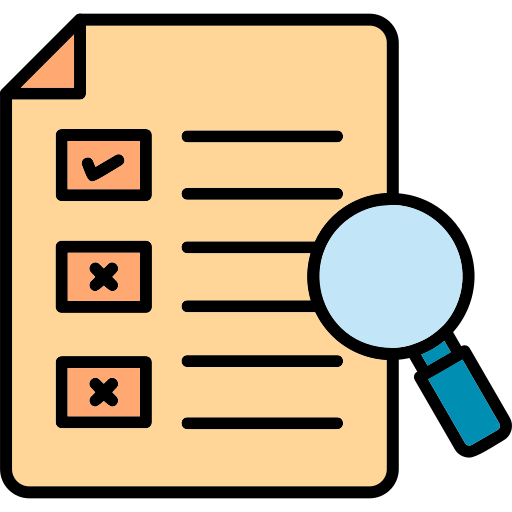
Examine & define the problem
Ex: “Your school wants a student website — where do we begin?”

Explore what they already know (prior knowledge)
Ex: “Have you ever used a website builder or blog platform?”
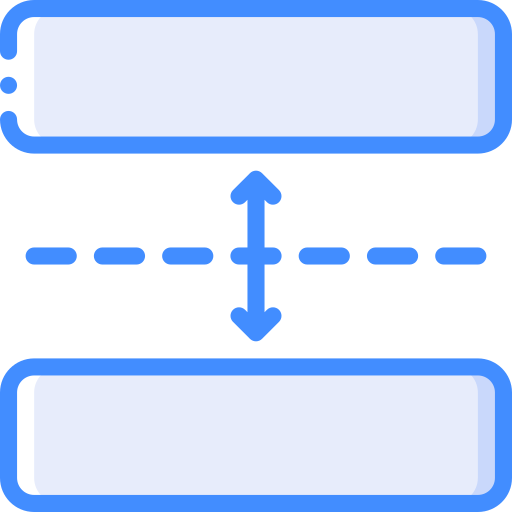
Identify learning gaps and find needed resources
Ex: Learn how basic HTML tags create structure.

Evaluate possible ways to solve the problem
Ex: Students design the homepage.

Solve the problem
Ex: Apply coding skills to build a personal portfolio.
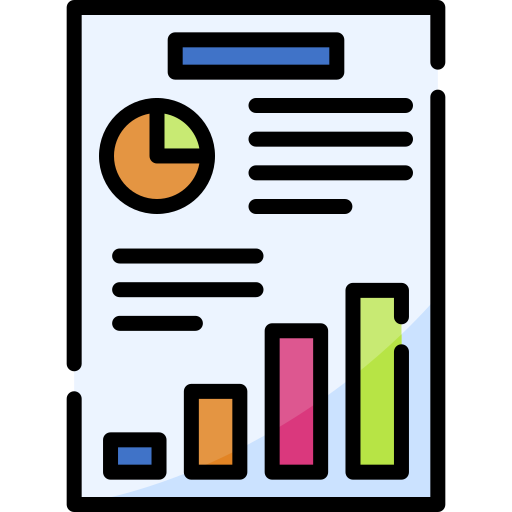
Report findings
Ex: Students present their finished website to the class, explain their design choices, and reflect on what they learned during the process.
Quiz
Your students are tasked with promoting healthy eating at their school. Which activity best fits a PBL approach?
Where Can PBL Be Applied?
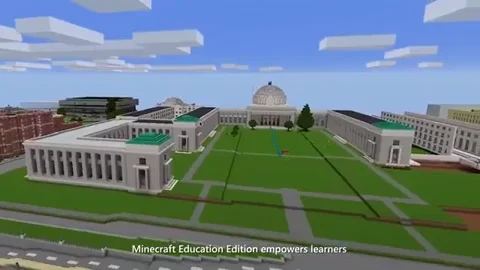
Beyond collaboration, problem-based learning is highly flexible. It adapts to different learner needs and goals, making learning practical, engaging, and relevant in various contexts:
Classrooms (teenagers/high school): Great for science projects, debates, or group-based design challenges. It builds confidence and teamwork.
Adult learning: Perfect for workplace training, e.g., “How do we improve customer satisfaction?” Adults bring real-life experience, making PBL highly engaging.
Virtual & eLearning: Case studies, role-playing, or simulations work well online. Learners can collaborate in breakout rooms or forums.
Quiz
A teacher in an online coding bootcamp wants to use PBL. Her students designed an online ordering system for a bakery, then tested their solutions. What should they include in their reported findings?
Take Action

Your feedback matters to us.
This Byte helped me better understand the topic.
